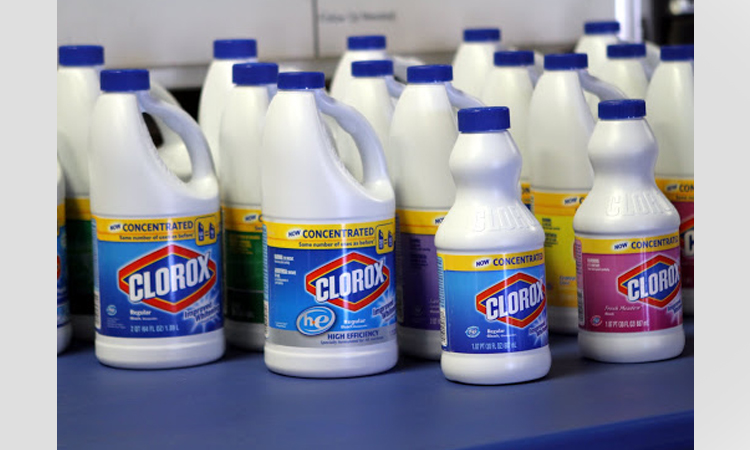Head Office: Tehran, Shariati, Taleghani Street, 1 Amol, No. 75, V.25
- Home
- Water Purification
- Water Tratment
- Sanitary wastewater treatment package
- Industrial wastewater treatment package
- Corrosion inhibitor package
- Chemical preparation and injection package
- Flocculant package
- Floating surface aerator
- API grease trap
- Air Lift pump
- Rotating sludge scraper
- Sludge scraper Bridge
- Manual Bar Screen
- Dual mesh bar screen
- Raked bar screen
- UASB wastewater treatment package
- Clarifier
- Press filter or pressure filter
- CPI degreaser
- Reciprocating Sludge Scrapper
- Grit Classifiers
- Water control gate
- Dissolved Air Flotation DAF
- Oil Skimmer
- Chemical injection pump (dosing pump)
- Calibration pot
- Deep aerator or disc and tube diffuser
- Half bridge sludge scraper
- Fixed surface aerator
- Chemicals
- Oil Purification
- Other Products
- Company
✕



Leave a Reply